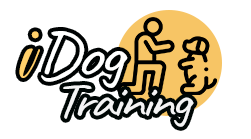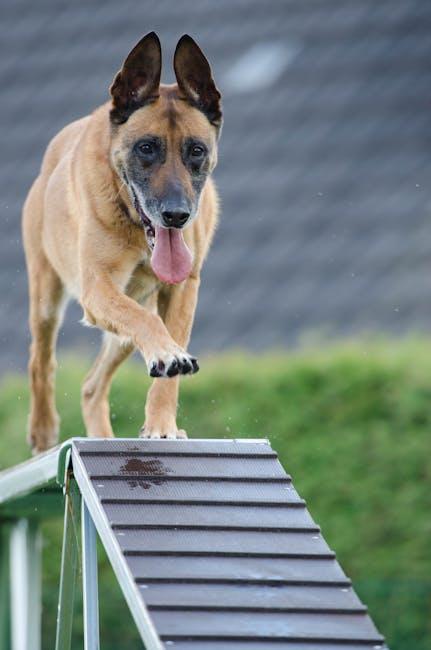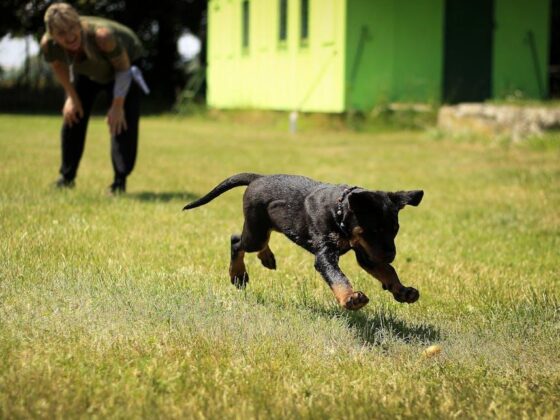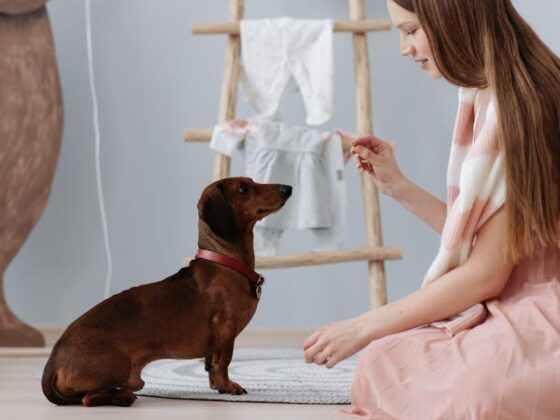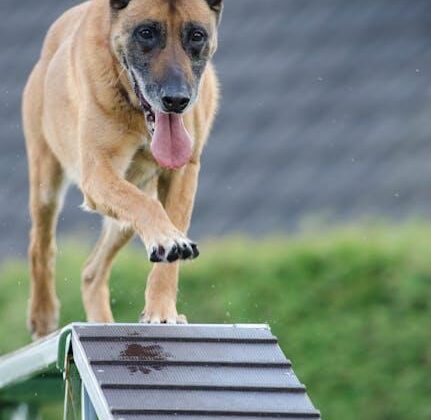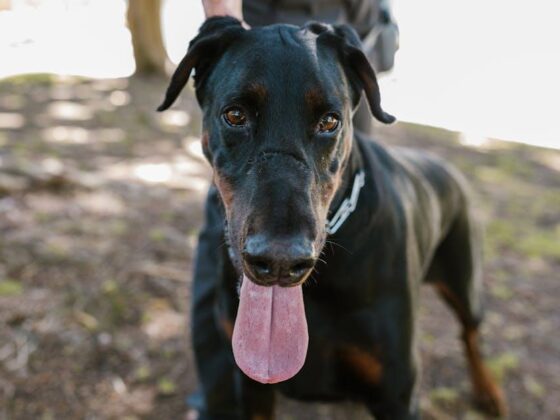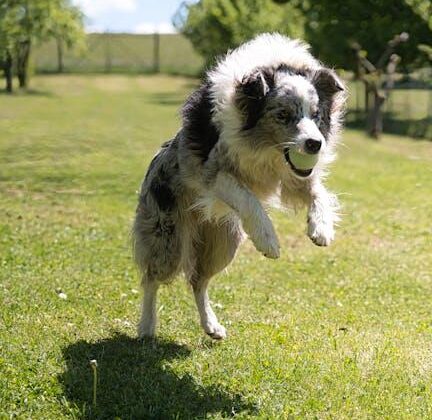Hey there, fellow dog lovers! 🐾 Are you a proud new pup parent ready to dive into the exciting world of dog training? Whether you’ve just welcomed a bouncing bundle of joy or adopted a furry friend from the shelter, it’s time to roll up your sleeves and get started. But fear not! Training your dog doesn’t have to be an overwhelming task filled with confusing techniques and endless rules. In this article, we’re going to fetch the basics and give you some easy-peasy tips that even the most novice trainer can tackle. From mastering the art of sit and stay to conquering those pesky potty-training mishaps, we’ve got your back.So grab some treats, get comfy, and let’s turn your dog into the best-behaved buddy on the block! 🎉🐶
Get Started with the Right mindset for Training Your Pup
Starting your dog training journey with the right attitude can make all the difference. A positive mindset not only benefits your pup but enhances the bonding experience between you two. Remember,training is not just about obedience; it’s a fun exchange of communication. Embrace the joy of learning together, and keep these key points in mind:
- Patience is Key: Dogs don’t learn overnight. Take your time!
- Stay Consistent: Use the same commands and rewards to avoid confusion.
- Celebrate Small Victories: Every tiny success is a step forward!
- Keep it Fun: incorporate games and excitement to make learning enjoyable.
When you train your dog, think of it as building a language between you. Your pup is eager to understand you, and a little encouragement goes a long way. Creating a supportive habitat can transform challenges into opportunities for growth. For a smoother training experience, consider the table below to track your pup’s progress and reinforce positive moments:
| Training Goal | Target Behavior | Reward | Progress |
|---|---|---|---|
| Sit | Pup sits on command | Treat & Praise | ✔️ Achieved! |
| Stay | Pup holds position | Treat & Playtime | 🟡 In Progress |
| Come | Pup comes when called | Treat & Belly Rub | ❌ Needs Work |
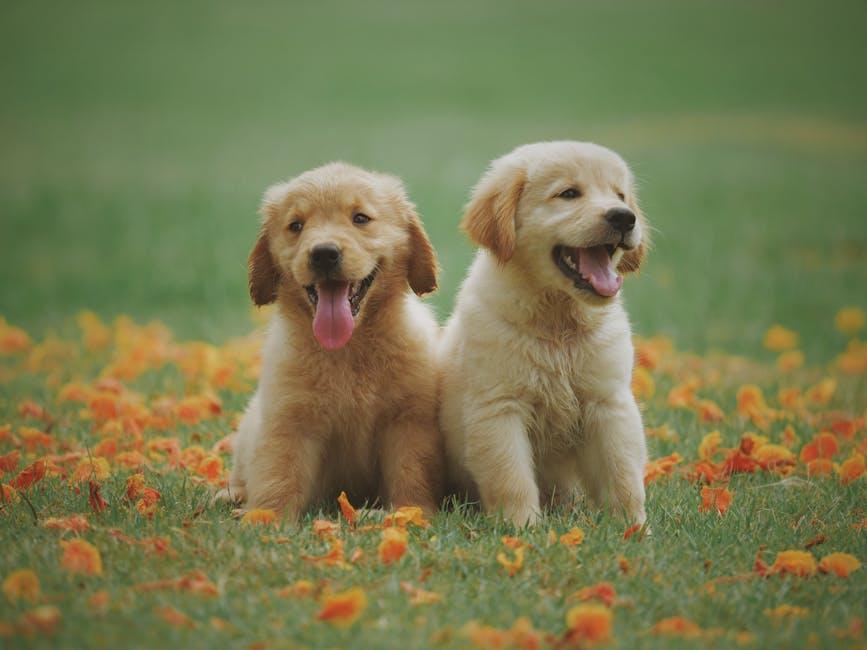
Essential Commands Every Dog Should Know and How to Teach Them
When it comes to training your furry friend, there are a few essential commands that every dog should master. These commands not only make your life easier but also help keep your pup safe and well-behaved. Start with the basics like:
- Sit: A simple command that teaches your dog to stay in place.
- Stay: Instructs your dog to remain where they are until you say or else.
- Come: Crucial for calls; this ensures your dog returns to you when needed.
- Heel: Encourages your dog to walk beside you without pulling on the leash.
- Leave it: Essential for preventing your dog from grabbing something potentially harmful.
To teach these commands effectively, use positive reinforcement techniques.Reward your dog with treats, praise, or playtime whenever they successfully follow a command. Keep training sessions short and fun,ideally lasting no more than 10-15 minutes. Repetition is key, so practice commands regularly. Below is a quick reference table for each command that includes training tips and rewards:
| Command | Training Tip | Reward |
|---|---|---|
| Sit | Use a treat to guide their nose upward. | Treat + verbal praise. |
| Stay | Start with short intervals and gradually extend time. | Patience + treats for staying longer. |
| Come | Use an enthusiastic tone to call them. | Treat + cheerful play. |
| Heel | Practice on a leash, rewarding when close. | Frequent treats + freedom to explore. |
| Leave it | Start with toys or treats, rewarding good behavior. | verbal praise + a different toy. |
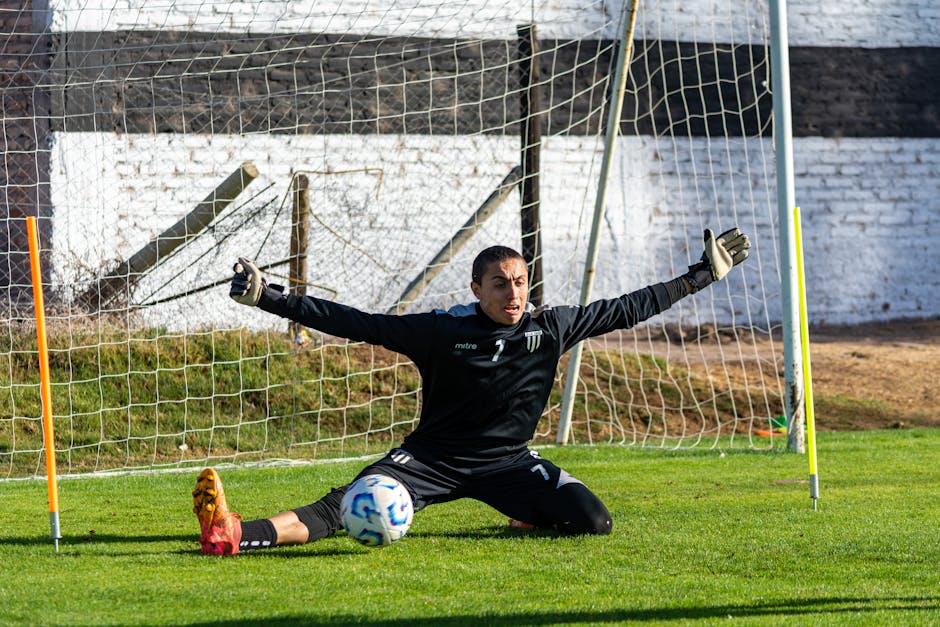
Fun and Creative Ways to Keep Training Sessions Engaging
Keeping your pup engaged during training sessions can be as fun as it is effective! One way to spice things up is to incorporate incidental treats throughout the session. Don’t just reward at the end—give them small, tasty surprises for good behavior along the way. This keeps their excitement levels high and makes the learning process feel like a game. You can also mix in fun games like hide-and-seek or obstacle courses that challenge them physically and mentally, reinforcing commands while having a blast!
Don’t hesitate to get creative with training tools! Use items you already have around the house to create a fun training environment. For example,try creative clicker training by pairing your clicks with various sounds like a squeaky toy or even a song.Additionally,incorporate themed training days,where each session revolves around a specific topic like “Tricks Day” or “Agility Day.” You could even keep track of their progress in a simple table,showing what they learned and how they performed.
| Theme | Activities | Goals |
|---|---|---|
| Tricks day | Shake, Roll Over, Play Dead | fun, Bonding, New Skills |
| agility Day | Jumping, Weaving, Crawling | Physical Exercise, Focus, Obedience |
| Socialization Day | Dog Parks, Group Classes | Social Skills, Adaptability |

Common Mistakes to Avoid When Training Your furry Friend
Training your dog can be an exciting journey, but it’s easy to trip up along the way. First off, avoid inconsistency in your commands and expectations. Dogs thrive on routine, and when they receive mixed messages, it can create confusion. For example, if you sometimes praise your pup for jumping up on you and at other times scold them for doing the same, it can leave them puzzled about what you really wont. Rather, stick to a consistent set of commands and reactions, and make sure everyone in your household is on the same page.Also, be mindful of your tone and body language—your pup is always reading you!
Another common pitfall is forgetting the importance of patience. Training takes time, and expecting your dog to master a skill instantly is unrealistic. Remember to break down tasks into manageable steps and celebrate small victories along the way. If your furry friend struggles with a command, don’t rush them; instead, revert to a simpler version of the task. Frequent short training sessions tend to be more effective than lengthy, tiring ones. Here’s a quick tip: use positive reinforcement—like treats or praise—to encourage good behavior while making sure not to reward unwanted actions.
Q&A
Q&A: Fetch the Basics: Easy Dog Training tips for newbies!
Q: Why is dog training important for new pet owners?
A: Great question! Training your dog isn’t just about teaching them cool tricks (though that’s a bonus). It’s about building a strong bond between you and your furry friend. A well-trained dog is usually happier and less stressed.Plus, it makes outings, vet visits, and playdates way more enjoyable for everyone involved!
Q: Can I train my dog at home?
A: Absolutely! Home training is not only possible but super effective. You don’t need to be a certified dog trainer to teach your pup the basics. With a little patience, some tasty treats, and a whole lot of love, your home can become a dog training paradise.Plus, it’s a fun way to bond with your new buddy!
Q: What are the basic commands I should teach my dog first?
A: start simple! Focus on commands like “Sit,” “Stay,” “Come,” and “Leave it.” These commands are the foundation for good behavior and can even keep your pup safe in various situations. Once your dog masters these,you can move on to more advanced tricks. Think of them as building blocks for your training journey!
Q: How do I keep my dog motivated during training sessions?
A: Dogs respond best to positive reinforcement—so treats, praise, and play! Keep the training sessions short but frequent (think 5-10 minutes), and always end on a high note. If your pup seems bored or distracted, switch things up! Maybe throw in a quick game of fetch between commands to keep that tail wagging.
Q: What if my dog doesn’t respond to commands?
A: don’t fret! Every dog learns at their own pace. If they’re not getting it right away, take a step back.Check if they’re distracted, tired, or just not in the mood. Sometimes, mixing up your training environment—like moving outside or to a quieter room—can work wonders. And remember,patience is key!
Q: Is socialization part of training too?
A: You bet! socialization is a crucial part of dog training. Exposing your pup to different peopel, environments, and other dogs helps them become well-adjusted adults. Start socializing early, but make it a gradual process. Positive experiences lead to a more confident and friendly dog.
Q: How do I handle unwanted behaviors?
A: It’s common for dogs to test boundaries. Rather of punishing them (which can lead to fear and confusion), redirect their behavior. If they’re chewing your favorite pair of shoes, provide an appropriate chew toy instead. Consistency is key—if they do something you don’t want, calmly show them the right way to behave rather.
Q: How long should I expect training to take?
A: Training doesn’t happen overnight! Expect weeks or even months for your dog to perfect those commands. But just remember, progress takes time, and every little win counts. Celebrate the small victories, and don’t forget to enjoy the journey—you and your pup are learning together!
Q: Any final tips for newbie dog trainers?
A: Have fun! Training is as much about building a relationship as it is indeed about teaching commands.Stay positive, keep it lighthearted, and remember that every dog is different. Don’t be afraid to adjust your methods until you find what works best for your individual pup. Happy training! 🐾
In Retrospect
And there you have it—your go-to guide for mastering the art of dog training! 🐾 Whether your new furry friend is a tiny furball or a big ol’ fluff, these easy tips are here to set you both up for success. Remember, training doesn’t have to be rocket science; it just takes a little patience, plenty of treats, and a whole lot of love.
So grab those biscuits, keep your spirits high, and don’t forget to enjoy the silly moments! Your pup will appreciate your efforts (and we’re pretty sure they’ll reward you with endless tail wags and slobbery kisses). Now go out there and fetch those basics like a pro. Happy training! 🐶💕
